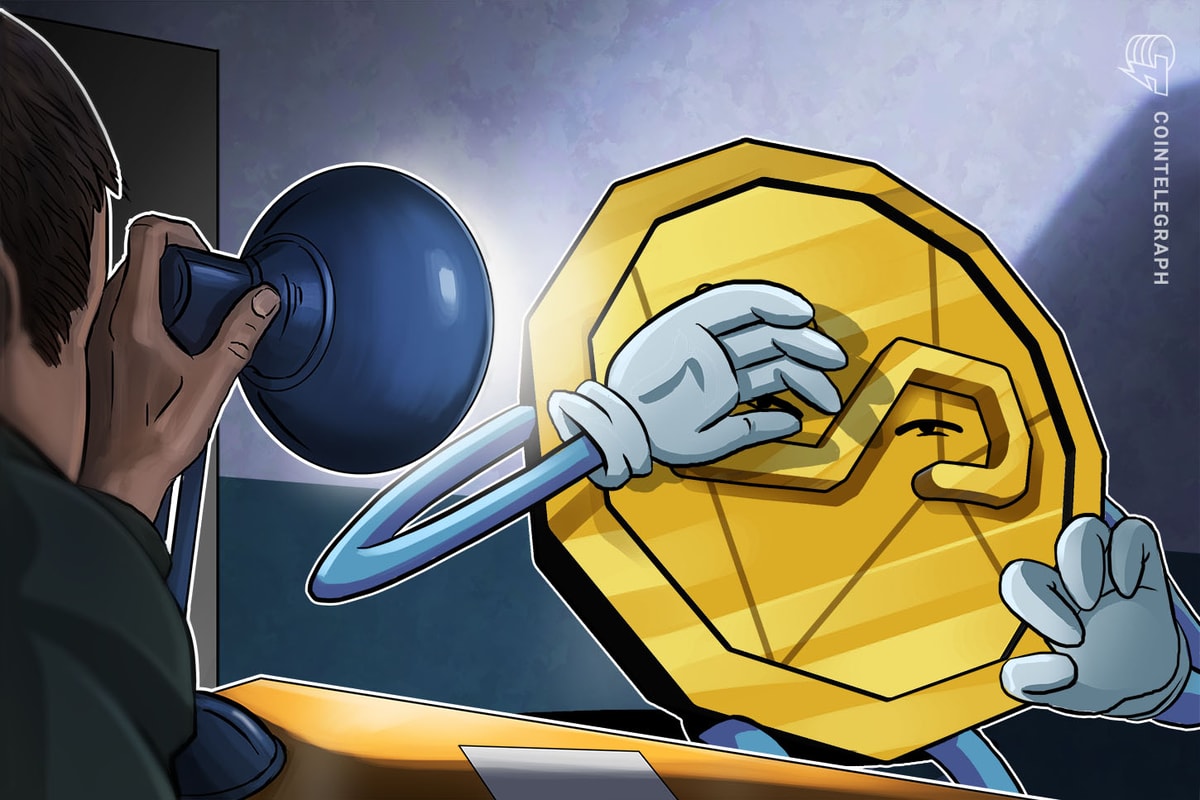
Bitcoin Core developers Dr. Pieter Wuille, Eric Lombrozo and Johnson Lau launched a fourth – and probably final – iteration of the Segregated Witness testnet today. Perhaps most importantly compared to previousversions, “SegNet 4” includes support for another upcoming Bitcoin protocol improvement, CheckSequenceVerify (CSV). This allows for experimentation with routable bidirectional payment channels, better known as lightning networks.
Segregated Witness is the nifty technical innovation that allows senders of Bitcoin transactions to move cryptographic signatures from typical blocks to separate structures. This is set to improve the Bitcoin protocol in several ways, including a long-awaited fix of transaction malleability. And, very relevant in light of the ongoing scaling debate, Segregated Witness will offer up to 1 megabyte of additional block space, depending on the types of transactions.
Compared to earlier SegNets, SegNet 4 includes CSV support. CSV allows users to make bitcoins unspendable for a period of time, much like CheckLockTimeVerify (CLTV), but with a relative timelock. Whereas CLTV locks bitcoins up until a specific time in the future, CSV locks bitcoins up for a specific amount of time after a CSV transaction is included in a block. This enables more sophisticated smart contracts, as it allows for greater flexibility.
Speaking to Bitcoin Magazine, Bitcoin Core developer and Ciphrex CEO Eric Lombrozo explained that the combination of Segregated Witness and CSV particularly benefits added scaling layers on top of the Bitcoin blockchain.
“SegNet 4 offers a testing environment for routable bidirectional payment channels such as the Lightning Network or Amikopay,” Lombrozo said. “These projects could drastically increase Bitcoin's scalability, and allow for instant secure and cheap payments. With SegNet 4, we're providing a common network on which different projects can collaborate and test their ideas. It is open for anyone, and we're encouraging wallet developers to play around with it.”
Since Segregated Witness offers both effective added block space, and enables improved added layers like the Lightning Network, the innovation represents an important early step in Bitcoin Core's scalability road map. But while the innovation is typically expected to be rolled out within the next month, Lombrozo did temper expectations a bit.
“The original roadmap doesn't include specific dates, but the FAQ page on the Bitcoin Core website notes an April deployment of Segregated Witness,” Lombrozo explained. “We're making a lot of progress, but we have a very rigorous testing and code review process which is necessary to ensure the Bitcoin network continues to operate safely and reliably. We plan to propose a feature-complete pull request in the coming month, but it might take a little longer before Segregated Witness is actually accepted and merged into Bitcoin Core. It’s a top priority, however, and we hope to be able to safely deploy Segregated Witness very soon.”
A main benefit of the current Segregated Witness design is that it can be deployed as a soft fork. Once the code is accepted and merged, only miners will need to upgrade; all other users can change their software if and whenever they want to, with no risk of being thrown off the network. Moreover, a recent improvement to the Bitcoin protocol allows soft forks to be rolled out more easily and faster than before, which should benefit Segregated Witness activation as well.
Lombrozo said:
“We're using BIP9 for activation, which means we can deploy CSV and Segregated Witness in parallel; Segregated Witness won’t have to wait for CSV activation nor vice versa. We will most likely merge CSV into Bitcoin Core in the next couple weeks, as it's been more thoroughly tested and is in the final stages of review. A Segregated Witness pull request will hopefully follow shortly after.”
The proposed Segregated Witness concept for Bitcoin was first introduced by Bitcoin Core developer and Blockstream co-founder Dr. Pieter Wuille at the second Scaling Bitcoin workshop in Hong Kong last December. The idea is widely embraced by Bitcoin's development community – though it has also received some critique since. If a problem is found in SegNet 4, there might be a fifth iteration of the testnet, but the design is not expected to undergo further changes.
For more information on Segregated Witness, see Bitcoin Magazine’s three-partserieson the proposal.










